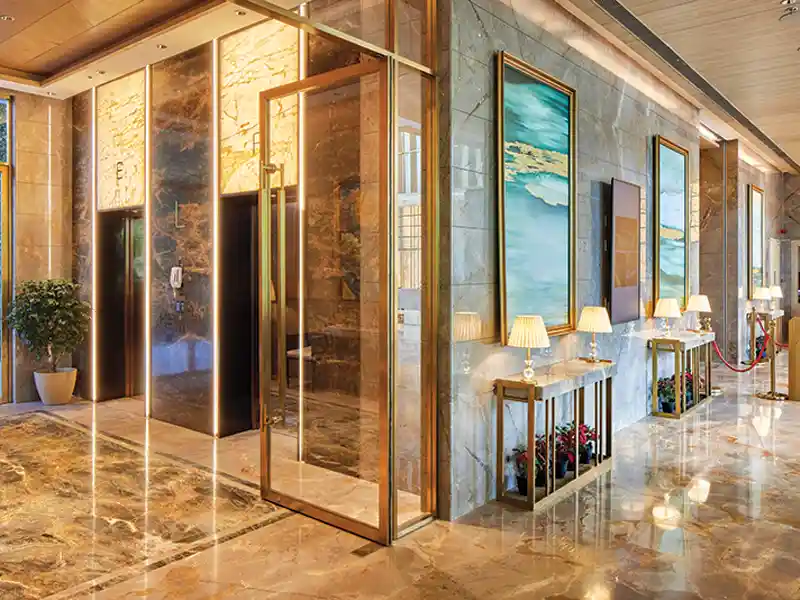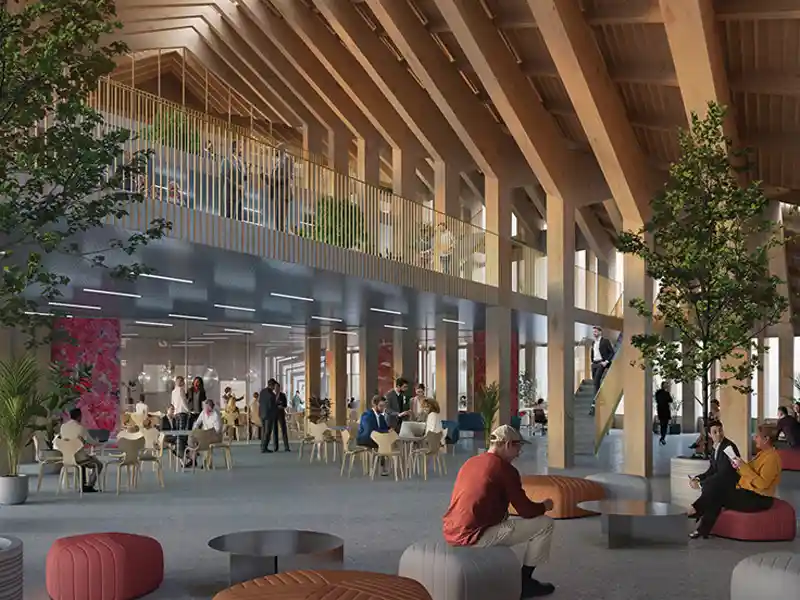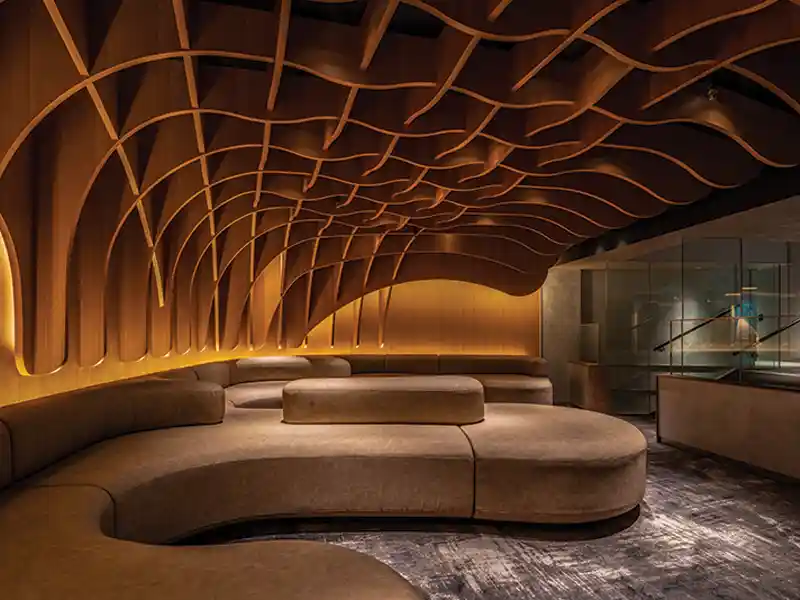
The field of architecture and design has seen a significant increase in the number of women enrolling in architecture programs in Indian schools. However, despite this growth, the industry is still largely dominated by male architects. Female architects face challenges such as male-dominated clients, contractors, and consultants, and struggle to achieve work-life balance due to long working hours and low pay scales. Women often feel the pressure to prove themselves more than their male colleagues and work twice as hard to get recognition.
Despite these challenges, there have been exceptional women architects who have broken the glass ceiling and are an inspiration to younger generations. However, the industry still has a long way to go to achieve gender equality.
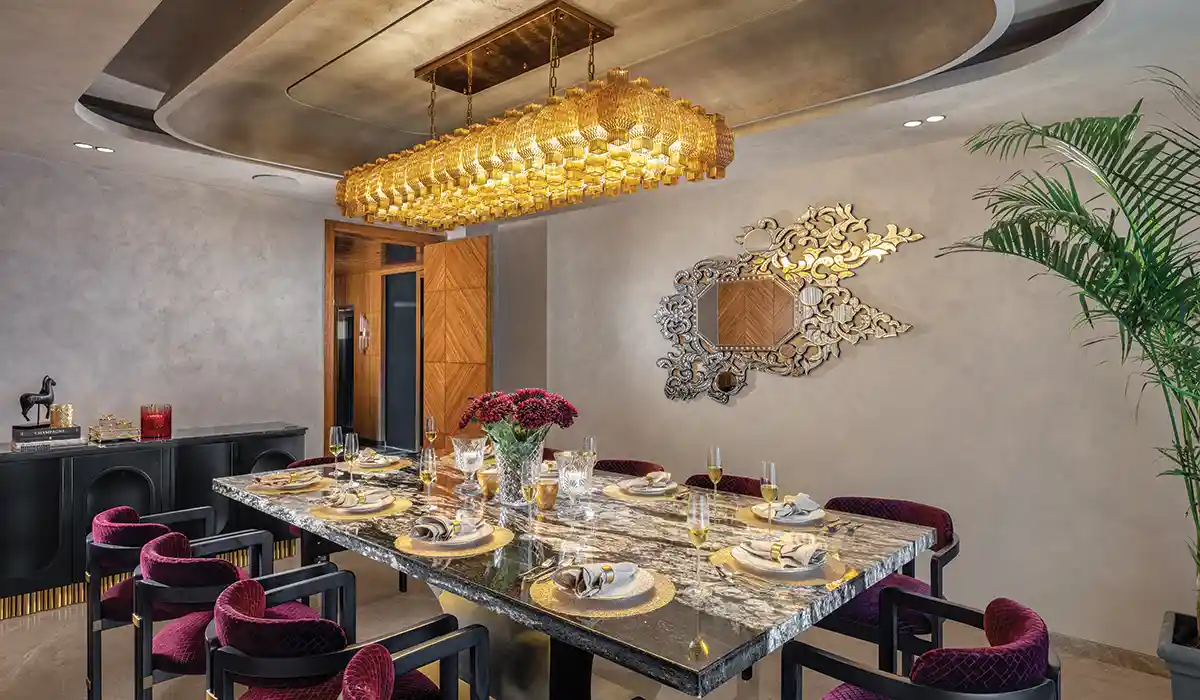
In the wake of the Covid-19 pandemic, designers are incorporating touchless elements like automatic doors in retail stores, mobile phone-activated keys for hotel rooms, voice-activated elevators, and hands-free light switches in office buildings. These elements have numerous advantages, including higher productivity rates, more efficient use of materials, better product quality, and improved safety for the end-users.
Architecture is a technically and physically challenging profession. This is where mentoring is critical. Women can break one glass ceiling after another, even if the glass is as hard and thick as concrete. And such women can inspire young designers and architects to find their true calling and keep moving forward.
To promote gender equality in the workplace, the government can offer tax benefits to companies that have at least 40 percent women employees. Additionally, companies can conduct a pay equity analysis to identify and address any pay gaps between male and female employees.
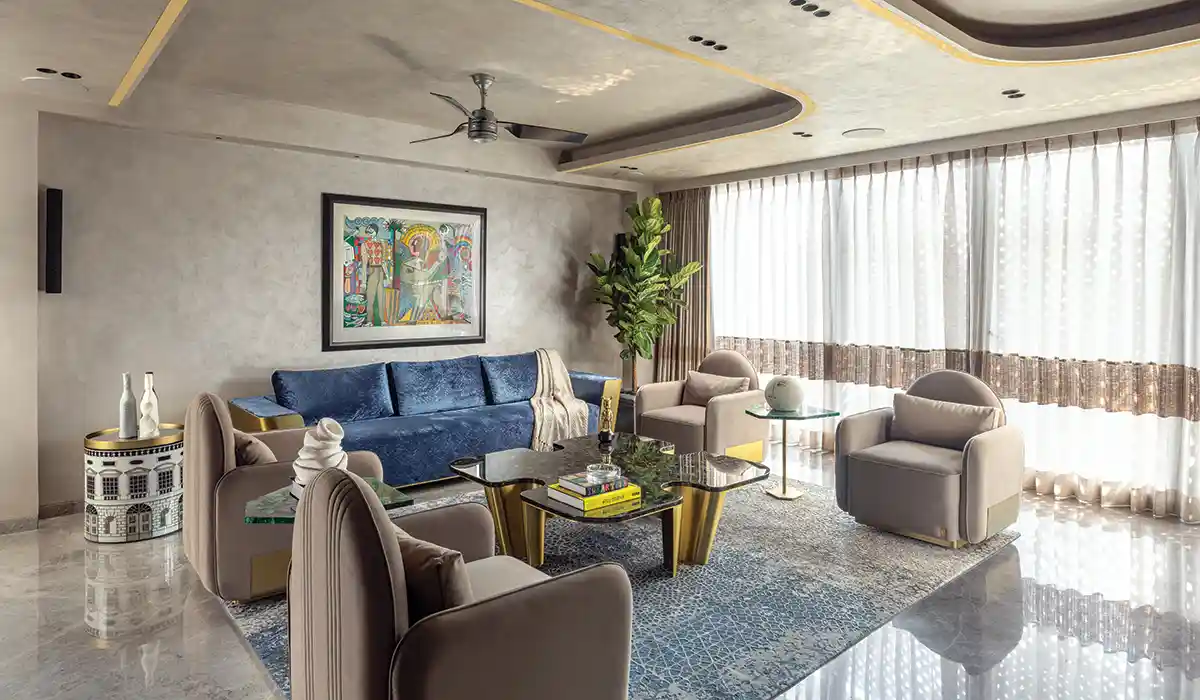
Educating teams about the impact of unconscious bias and sexism in the workplace can also help to create a more inclusive and supportive environment. Companies can consider bringing in experts to provide training and guidance on these issues.
It is equally important for companies to take complaints of discrimination and harassment seriously and to take appropriate action to address them. By creating a culture of respect and accountability, companies can help ensure that all employees feel safe and valued in the workplace.

